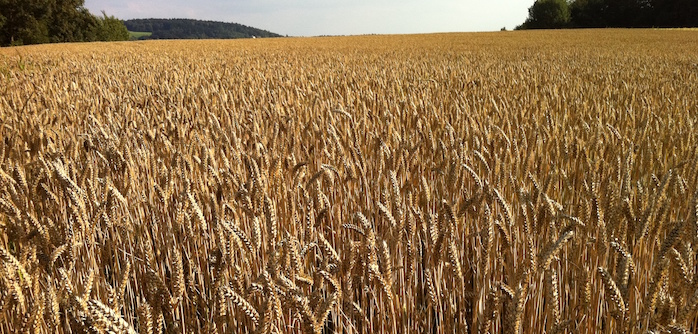New statistics released by ADHB show that farm profitability may be impacted in 2024, due to short-term variability in input costs and inflation for UK farm businesses.
The report found that overall, there has been a general decrease of 6.5% across the latest Agricultural Price Index (API), which measures all agricultural outputs. This remains lower than inflation across farm inputs, despite all agricultural inputs falling 10% year-on-year.
See also: Veterinary and pharmaceutical sectors welcome Government vet medicine proposals
“Although there has been some easing in both general inflation and food price inflation, it is likely that agriculture will continue to endure relatively high input costs through 2024, impacting overall farm profitability,” said AHDB trainee analyst Ella Roberts.
Recent and ongoing disruption in the Middle East has the potential to cause short-term variation across costs for a number of farming inputs. The conflict between Israel and Gaza has caused commercial shipping delays in the Red Sea, they report, which has negatively impacting trade and imports of key inputs, including fertiliser and oil.
While the rates of these disruptions are yet to be seen, it is predicted that this will influence prices and increase domestic inflation because of a need for transport means to use extra costs to help avoid key shipping lanes that are inaccessible.
Generally, there have been positive declines seen across the board for a number of the most costly farming inputs. Fertiliser inflation saw the biggest decrease, dropping 50% since the start of the year, and down 51% since a peak in September 2022.
Energy and fuel price inflation decreased 17% since the start of 2023, and was down 18% from a November 2022 peak caused by the invasion of Ukraine. An area that does seem stable is the rate of compound feed inflation, which has remained the same since July 2023.
The rate of inflation of compound feeds appears to have stabilised since July, with the compound feedingstuffs price index down just 0.1% since July and down 12% since the start of the year (Dec 22 vs Nov 23).
“Feed wheat futures remain under pressure, with a bearish outlook regarding competition from Black Sea grain supplies, benign global weather and influence from currency movements. With challenging market conditions, lacklustre demand and greater end-of-season supply levels, a downward trend looks likely, Ms Roberts said.
More information can be found on these predictions can be found here.




